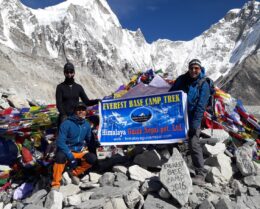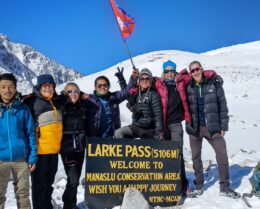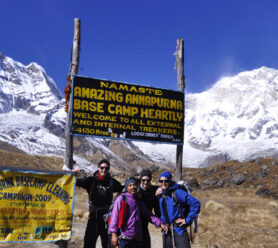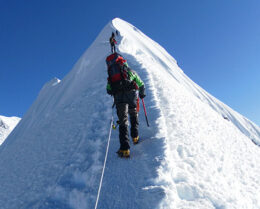Festival in Nepal
Nepal is a kingdom of the Himalayas beside the country of the festival. We have more than 55 festivals in Nepal within a year. Nepalese celebrate every year and national festivals are fixed dates, and religious. It is managed by astrologers as the lunar calendar of Nepal. These festivals are celebrating for long years as entertainment prospects when there were no entertainment things.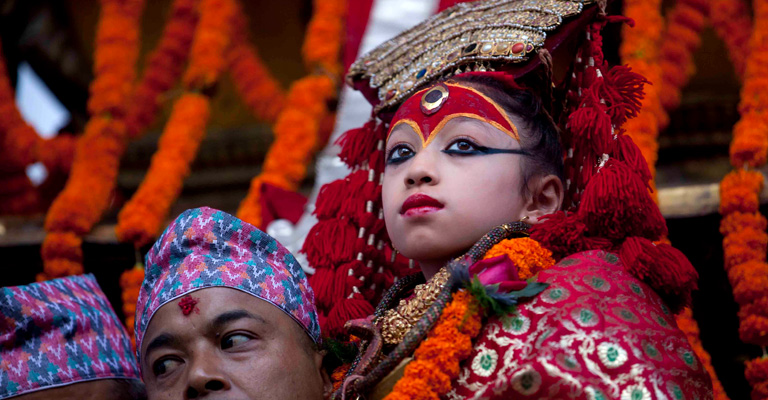
New Year:
New Year is a new day for Nepali people which is known as “Navabarsha”. It is every first day of the Nepali month of Baishakh and it is the month of April as the AD calendar.
Lhosar:
Lhosar is called changing the day of the year in Nepal. Due to various castes and ethnicity. We have owned our new year beside New Year. We can Lhosar is a caste new year in Nepal. But it is not for Nepali, Gurung, Tamang, and Sherpa people in such a way they celebrate Gurung, Tamang, and Sherpa Lhosar in Nepal in February as the AD calendar. On this day they wear their cultural dress, dance in their languages, and fests with their family and relatives.
Saraswati Puja:
Saraswati puja is known as Shree Panchami and celebrates the birthday occasion of the god Saraswati, as learning god in Nepal. And if they have a baby this is the first day to start their writing and read through her/his parents. So, all schools will celebrate with their students and teacher worship photo of goddess Saraswati and have sweet things. Because it occurs between January and February.
Shivaratri (Maha Shivaratri):
Goddess Shiva is the main god and Shiva is known as Mahadev as well. Shiva and Parvati are human creatures in Hindu culture so many Hindu people celebrate every year in February/March in Nepal. Pashupatinath is the oldest Hindu temple in the world so more than 10000 Indian people and sadhus come to Pashupati Nepal.
All pilgrims take a bath in the Bagmati River from Pashupatinath. All Hindu women worship their husbands on this day. Goddess Shiva lives in Kailash Himalaya and this day’s occasion is to have marijuana in the Pashupatinath area.
Holi:
This festival is in February/March and it is called Phagu in Nepal. Colorful festivals play with water and mixed color then with each other. This day is the examination of the demon. When Holika was trying to burn her brother's son Prahlad in the fire but instead of Prahlad, Holika burns in that fire so from that occasion Nepali is celebrating Holi's name through “Holika”, a winning celebration.
Ghode Jatra (Festival of Horses):
This festival takes place between March/April. And a grand horse parade takes place at Tundikhel. Although this festival does not have much of religious aspects. A large number of people, even from outside Kathmandu flock around Kathmandu to witness the horse race and other exciting sports activities performed by the Army in the presence of the King and the Royal family.
Buddha Jayanti:
Buddha’s birth anniversary is celebrated every year in May in Nepal. On this day people swarm in Swayambhunath and Boudhanath to pay homage to Lord Buddha and also visit Buddha’s birthplace in Lumbini and chant prayers and burn butter lamps.
Lord Buddha was born Prince Siddhartha Gautam but he abandoned his luxurious life when he realized the misery of mankind and went in search of enlightenment.
Gai Jatra (Cow Festival):
This festival of the cow is celebrated every year in August/September. This is one of the most popular festivals in Nepal. It is full of humor, satire, comedy, mockery, and shades of sadness too at the same time. And on this day satire and jokes on anybody are legal. As per tradition, the family who has lost a relative during the past year must take part in a procession by sending young boys in cow-like attire and walk through the streets of Kathmandu led by a cow.
Krishna Janmashtami:
The birth anniversary of Lord Sri Krishna, believed to be the 8th incarnation of Lord Vishnu falls sometime in August/September. All the devotees assemble in Krishna Mandir, the ancient Krishna Temple in Patan Durbar Square. And other temples with the idol of Sri Krishna offer prayers, flowers, food, sweets, and chant hymns too.
Teej:
Hindu married woman’s day for her man. This festival is celebrated in August/September. Women clad in beautiful red saris with shining potes (glass beads), singing and dancing are the sights almost everywhere in Nepal during the festival of Teej.
On this day women observe a fast and pray to Lord Shiva for the long, healthy, and prosperous life of their husbands and their families. The unmarried women also observe this festival with unabated zeal with the hope that. They will get to marry good husbands. From early dawn, women queue up in the multiple lines in Pashupatinath to offer their prayers to Lord Shiva.
Indra Jatra:
This festival named after Lord Indra- the God of Rain and also the King of Heaven celebrated by both the Buddhists and Hindus in Nepal in August/September. This festival lasts for eight days with singing, mask dancing, and rejoicing. The chariot of Kumari - the Living Goddess took through the main streets of Kathmandu with much fanfare. On the first day, the King of Nepal also pays homage to Goddess Kumari.
Tihar:
Festival in Nepal Tihar is the lights that fall between October/November is the second biggest festival after Dashain. This festival lasts for five days and people worship Laxmi - the Goddess of Wealth. All the houses are cleaned and decorated with the belief that Goddess Laxmi will enter the house that is the cleanest and people lit candles, oil lamps, and other lights and the whole place looks illuminating.
During the five days, crows, dogs, and cows were worshipped and honored with vermilion, and garland. And delicious food for what they have done in the lives of humans. Crows were regarded as the messenger that brought news even during the times when there were no postmen and no postal services.
Dogs are the most obedient animals and they guard our house as true guardians. The cow is also a symbol of wealth in Hinduism and she is also the national animal of Nepal. During Tihar, the Newari community in Nepal also observes Mha puja - a ritual of worshipping one’s own body and life.
On this very day, the Newari New Year which is also known as Nepal Sambat begins. The festival ends with Bhai Tika - brothers’ day when his sisters worship him for his long and healthy life to safeguard the lives of his sisters. This is also a gambling time in Nepal as gambling is not illegal during this festival.
Dashain Festivals in Nepal:
Festival in Nepal during the month of Kartik (late September and early October), the Nepalese people indulge in the biggest festival of the year, Dashain. Dashain is the longest and the most auspicious festival in the Nepalese annual calendar, celebrated by Nepalese of all castes and creeds throughout the country.
The fifteen days of celebration occur during the bright lunar fortnight ending on the day of the full moon. Throughout the kingdom of Nepal, the goddess Durga in all her manifestations worshipped with innumerable pujas, abundant offerings, and thousands of animal sacrifices for the ritual holy bathing, thus drenching the goddess for days in blood.
Dashain commemorates a great victory of the gods over the wicked demons. One of the victory stories told is the Ramayan, where lord Ram after a big struggle slaughtered Ravana, the fiendish king of demons.

